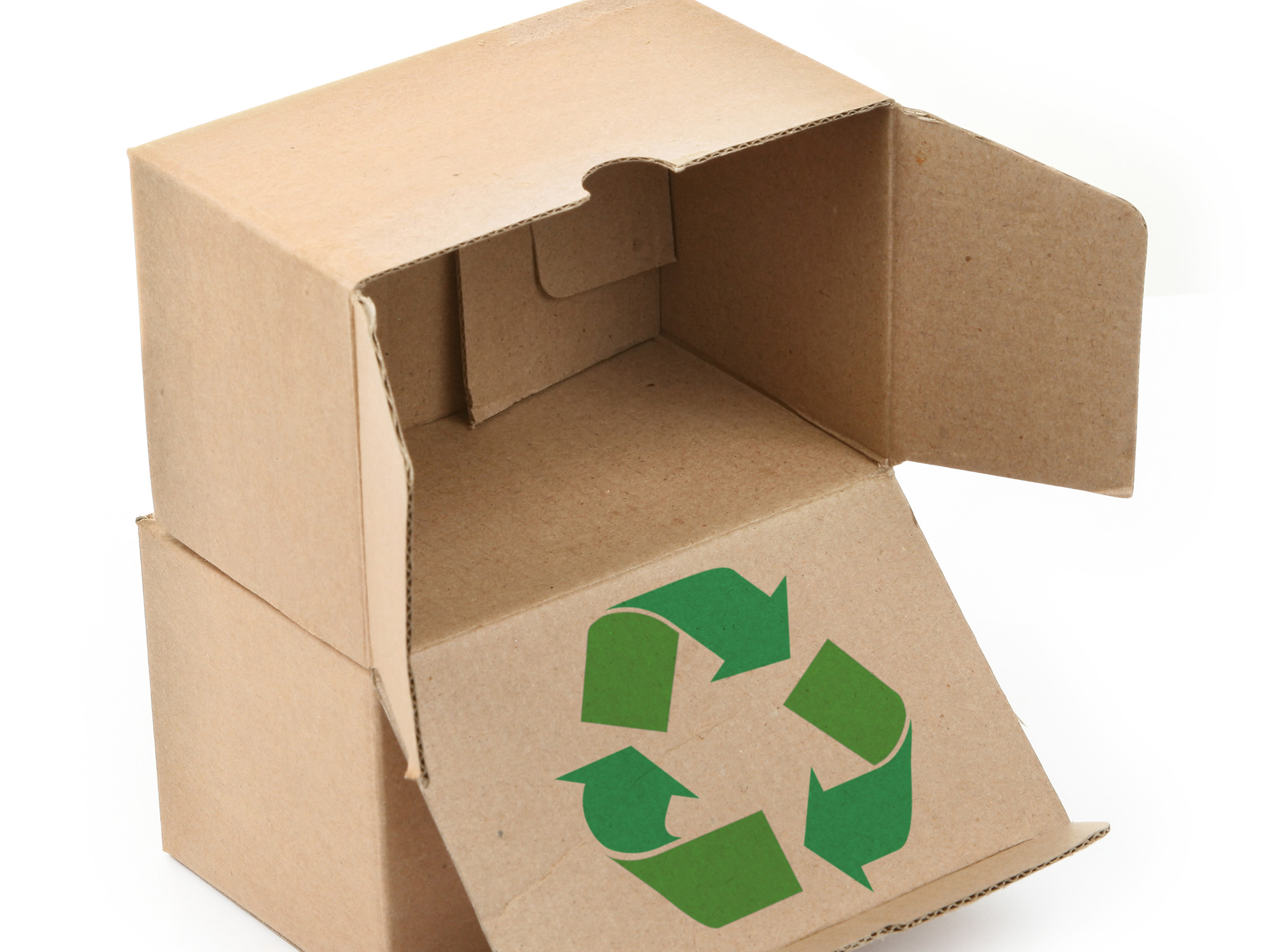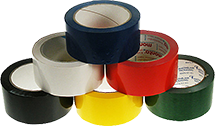With the new UK plastic packaging tax on the horizon in 2022 (click to learn more), you may have recently started to hear people refence recycled content packaging. But what is it and how does it benefit the environment? Let us explain…
What is recycled content packaging?
Recycled content packaging is any packaging product that has been manufactured using non-virgin materials that have used before.
A common example of this is rPET or recycled polyethylene tetraphyte – this is the material that many drink companies use to produce bottles for their products. You may have recently seen that beverage giant Coca Cola will be transitioning to using bottles made from 100% rPET in an effort to reduce their total plastic use by 20% compared to 2018. Click here to find out more.
When people talk about recycled content materials, these can be waste materials or by-products from the initial manufacturing process or post-consumer waste (i.e. materials that come from things we’ve used before and popped in our recycling bins).
Why does using recycled content packaging benefit the environment?
Using recycled content packaging will help you meet your CSR goals and significantly benefit the environment.
- Increased sustainability – recycling materials means we need to use fewer raw materials. This increases sustainability in the supply chain and means there’s less strain on natural resources like fossil fuels or tree stocks being impacted by deforestation
- Less use of landfill and incineration of waste – recycling waste into products we can use again reduces the amount of material heading to landfill. This in turn reduces land pollution and marine littering (80% of which comes from waste initially found on land).
- Reduced carbon emissions – recycling materials helps limit the pollutants we release into the environment. Harmful greenhouse gases can be produced by materials in landfill, which all contribute to global warming. Recycling helps offset this!
Examples of recycled content packaging materials
So, what sort of packaging materials can you get that contain recycled content? Here are a few examples of the products available:
High recycled content bubble wrap
All the stock bubble wrap Network Packaging and Macfarlane Group supply contains at least 50% post-consumer recycled content. The only difference you’ll notice is that the bubble wrap often has a grey tint, rather than the transparent material you’re used to. Click to learn more.
Stratocell® R – recycled content foam
When superior protection is required, high-density foam Stratocell® packaging is a good go to. It can now be manufactured using a minimum of 65% recycled resin content, whilst maintaining the same performance as regular Stratocell® foam.
Protective paper packaging
Many protective paper packaging options are now manufactured using part or entirely recycled content. For maximum sustainability, look for products that are made from material sourced from FSC certified forests.
AirSpeed® Renew
If you’re using air cushions to protect your products, but want to swap to a more sustainable alternative, Pregis AirSpeed® Renew could work for you. It uses a minimum of 50% post-consumer recycled waste in the film and is also recyclable. Like other high recycled content films, it’s grey rather than clear. Click here to find out more.
Do you want support switching to recycled content packaging materials? Contact us by emailing contact@networkpack.co.uk today!











